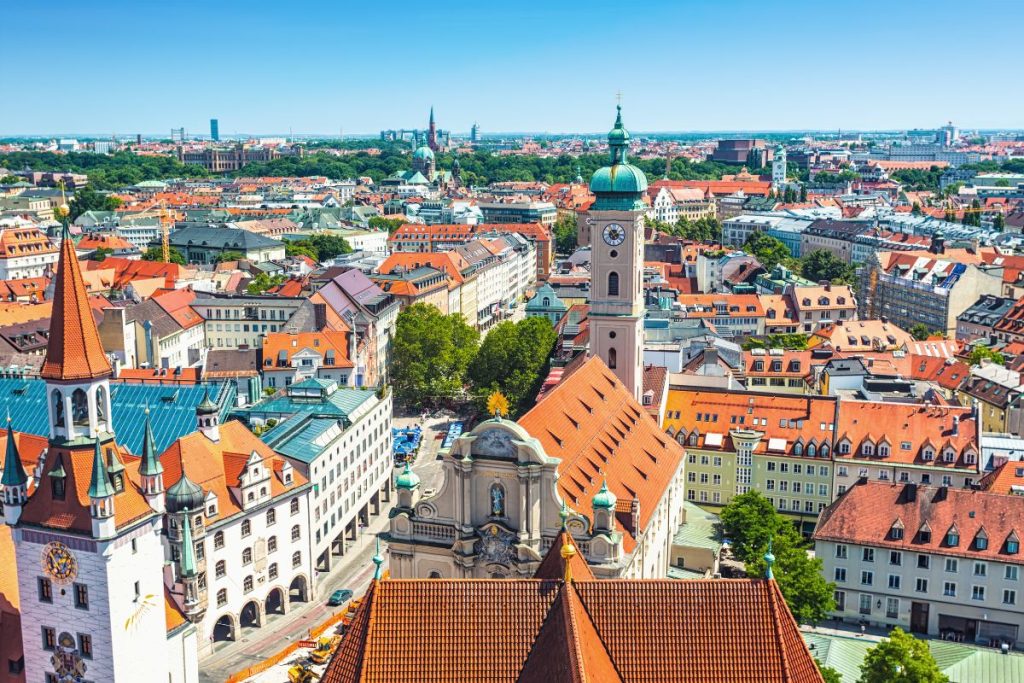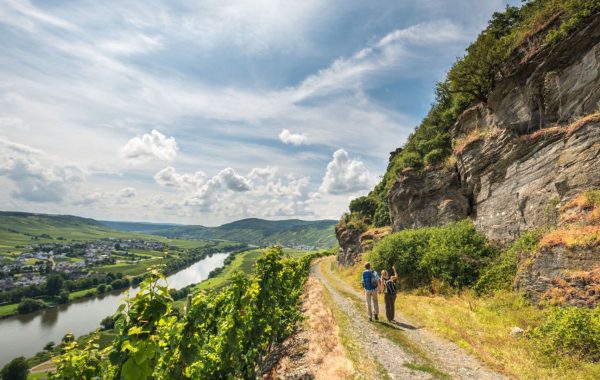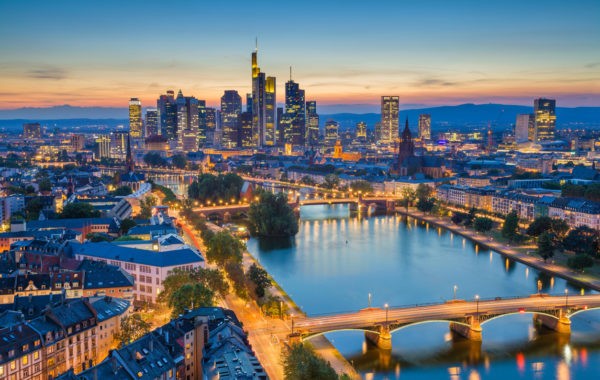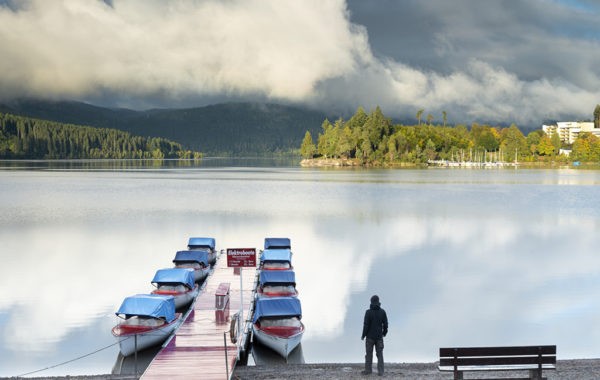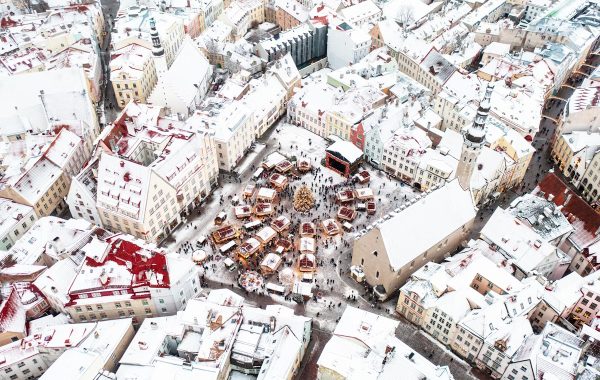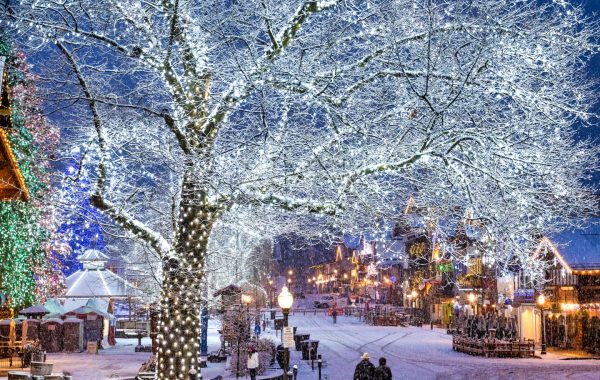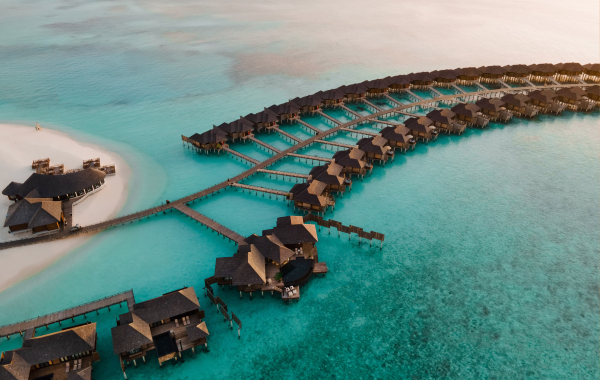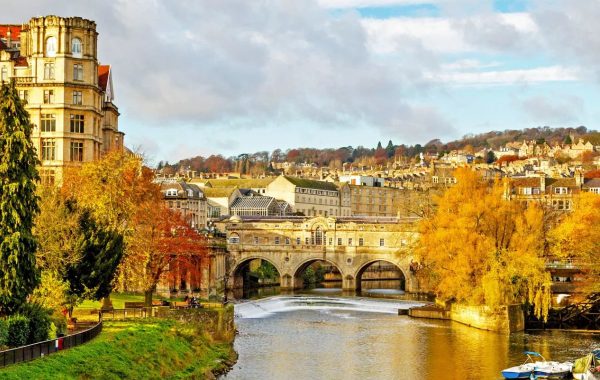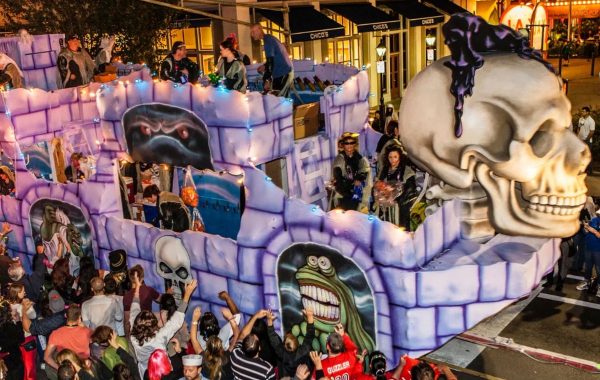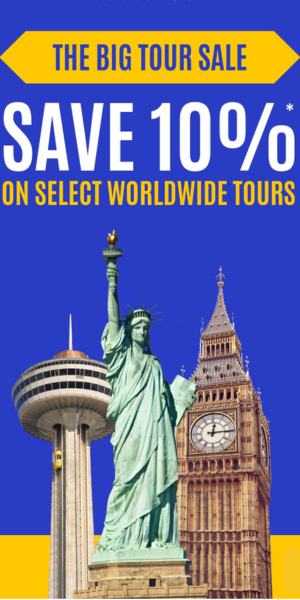Navigate Munich like a pro with this essential city guide, crafted for first-time visitors exploring Germany’s vibrant cultural hub.
Munich often conjures up images of Oktoberfest, beer gardens, fairytale castles, and lederhosen. While these stereotypes hold some truth, they barely scratch the surface of what this vibrant city has to offer. Over the past 12 years, I’ve found myself returning to Munich regularly, drawn by its unique blend of tradition and modernity. This liberal city is characterized by expansive green spaces and a rich cultural scene. It beautifully balances historical monuments, customs, and modern attractions, alongside cutting-edge industries and fresh perspectives. Additionally, the proximity of the mountains, which feel almost integrated into the city’s fabric, adds to Munich’s irresistible charm and live-and-let-live atmosphere.
Downtown: Ancient Churches and Grand Museums
If you had to choose just one neighborhood to explore, it should be the Altstadt, or the old town. The central square, Marienplatz, is dominated by the impressive neo-gothic Town Hall. At 11 a.m., noon, and 5 p.m. (from March to October), crowds look up to watch the glockenspiel added to the Town Hall tower. Miniature figures, including flag bearers, queens, kings, a royal wedding, ritualistic dance, and a jousting tournament, put on a captivating display. Nearby, the Fish’s Fountain, dating back to the Middle Ages, serves as a popular gathering spot for locals, demonstrating that this large city has retained its communal rural roots.
Must Read: 72 Hours in Frankfurt, Germany | Travel and Food Guide
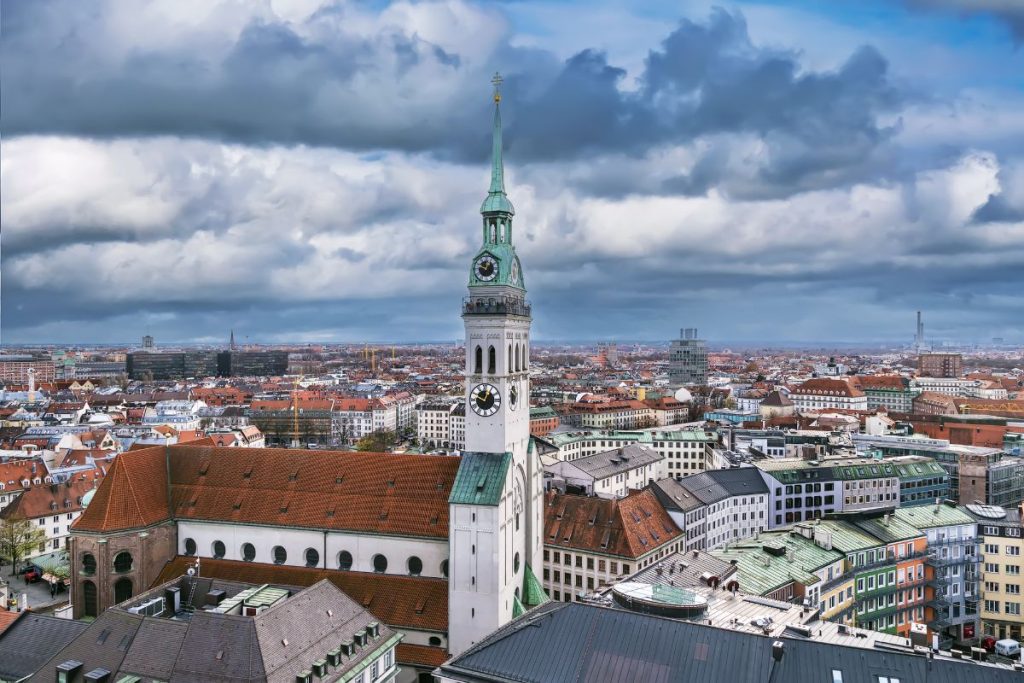
Just a short walk away, St. Peter’s Church, Munich’s oldest parish church, offers stunning views of the old town from its tower. The Gothic Frauenkirche, or Church of Our Lady, is a beloved landmark that defines the city skyline. In 2004, the city decided to prevent any building from exceeding its height. At the church’s entrance, you’ll find a devil’s footprint, which comes with fascinating legends worth exploring. However, the smallest church, Asamkirche, originally named St. John Nepomuk, truly captures my admiration. Built as a private church, its extravagant baroque interior is mesmerizing. Every inch is adorned with features and details, from stucco and ornamentation to candy columns and cherubic figures, evoking a sense of joy and wonder.
Equally enchanting is the Residenz, a palatial structure on the edge of the Altstadt that served as the primary seat of government from 1508 to 1918. Often likened to Aladdin’s cave, it boasts roughly 130 rooms filled with treasures. The Antiquarium, a decorated vault, is covered in frescoes and filled with antiques from the Wittelsbach collection. The ancestral gallery is adorned with portraits, and the Schatzkammer, or treasure chamber, is packed with an array of opulent items, including portable altars and the Bavarian crown jewels.
Market Run
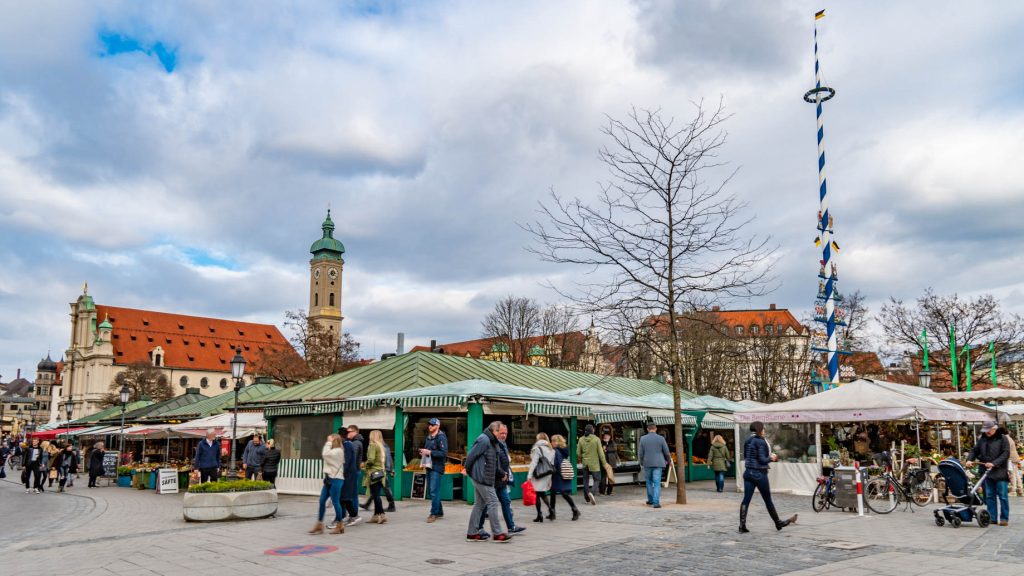
A short stroll away lies the Viktualienmarkt, a place that celebrates fresh, local, and sustainable produce. The market is teeming with stalls offering a variety of fruits, vegetables, meat, honey, and spices. At the central beer garden, you can enjoy beer from various local breweries. Complementing the diverse dining options, there are shops selling flowers, handicrafts, and souvenirs, such as wooden toys, beer glasses, collarless shirts, and kitchen accessories. Within the market, you’ll find a church, a fountain, and a blue-and-white striped maypole illustrating local craftsmen and village life. This setting pays homage to the locals who cherish Munich as a “village of millions,” a city that, despite its modern advancements, retains its communal spirit.
Also Read: Germany’s Barrier-Free Outdoor Adventure Guide: Hiking, Climbing, Cycling and More
Eat and Drink
Munich’s name comes from the old High German word “Munich,” meaning monk. Contrary to what some might think, the city’s name and lifestyle are perfectly aligned. The monks knew the art of brewing and preserving excellent beer. For a true taste of Munich’s coziness, head to the Hofbräuhaus, the city’s most iconic beer hall. A quintessential local meal begins with the comforting Weisswurst (white sausage) and Leberkäse (meatloaf). The classic Munich beer is a golden, bottom-fermented brew with a dense head. Münchner Helles, with its slight hint of spicy hops and balanced sweetness, is a crowd-pleaser. It’s enjoyed by everyone and served widely. Bread-based snacks are also a staple, which is fitting for a country renowned for its bread-making tradition.
Munich’s dining scene offers every imaginable type of cuisine and atmosphere, from fine dining to street food and food trucks, and from traditional to vegan options. Wirtshaus Maximilian is a top choice, showcasing traditional dishes alongside modern cuisine. Brenner, once the stables of Munich’s royal residences, now serves fresh fish, handmade pasta, and succulent meats in a grand, colonnaded interior. For vegan delights, Emmi’s Kitchen offers everything from vegan sausages to pancakes. If you’re in the mood for Indian flavors, you can try South Indian dishes at Kerala. With its historic interiors, Dallmayr is worth a visit not just for its delicacies but also for its unique atmosphere, blending fresh food counters, a deli, coffee, spirits, and chocolate.
Nightlife
For a city that knows how to party, Neuraum is a must-visit. This dance club, built on a grand scale and set in what resembles a bomb shelter, offers an exuberant nightlife experience. If you’re interested in enduring traditions like Weimar-era cabaret, the GOP Theater is perfect, featuring song, dance, acrobatics, and jugglers. Munich also boasts a wealth of theaters, opera houses, and atmospheric cinemas. The Bayerische Staatsoper is particularly renowned, drawing visitors with its exceptional theater, opera, and ballet performances.
Parks and Museums
Sundays are particularly delightful, as some museums offer a reduced entry fee of just one euro. If you are in the mood for art and old masters, the Alte Pinakothek is a perfect choice. Housed in a neo-classical temple, it boasts an exceptional collection of works by European greats, including treasures by old German masters like Lucas Cranach and Albrecht Dürer.
Taking off from where the Alte Pinakothek leaves off, the Neue Pinakothek showcases 18th to 20th-century paintings and sculptures, from rococo to Jugendstil. It offers a comprehensive survey of 20th-century art, design, sculpture, photography, and video. Next door, the Museum Brandhorst is dedicated to contemporary art, featuring works by Picasso, Warhol, and Damien Hirst. For children and science enthusiasts, the Deutsches Museum covers all the bases. The BMW Museum, with its futuristic architecture, explores over 100 years of automotive innovation, providing insights into the future of mobility with its dynamic and innovative displays.
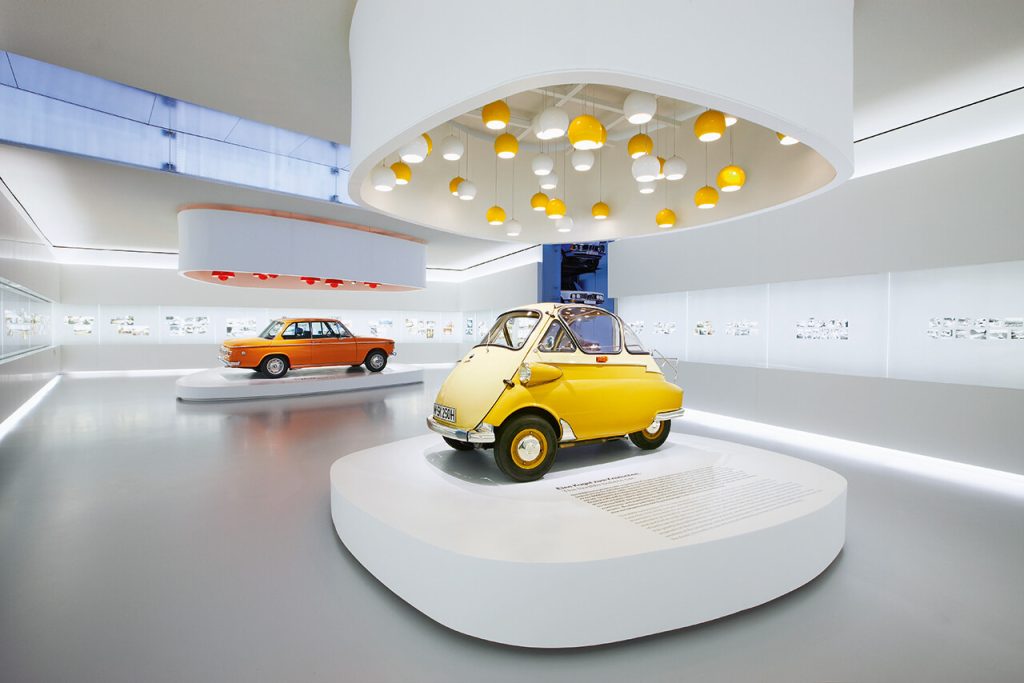
On a sunny day, the English Garden, established in 1789 when Elector Karl Theodor decreed a public park along the Isar River, is one of Europe’s most magnificent parks. It’s filled with sunbathers, joggers, and pleasure seekers of all kinds. Each area of the park has its own unique atmosphere, serving as a metaphor for the city itself. The Chinese Tower is surrounded by a beer garden, and you can rent a paddle boat to glide across Kleinhesseloher See, a lake that resembles a watercolor painting. For avid surfers, there’s even a good wave to catch. On the other side of the city, Schloss Nymphenburg captures the imagination. This royal family’s opulent pleasure palace and summer residence is set amidst beautifully manicured English-style parkland, which is well worth the visit.
Festivals
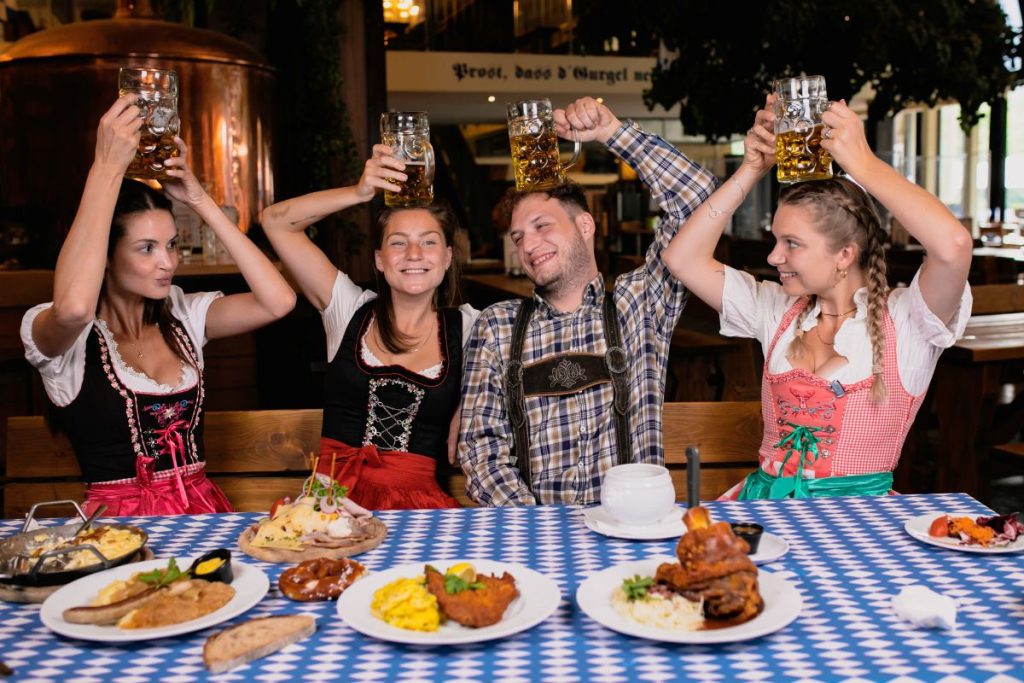
The major attraction for travelers is Oktoberfest, a grand celebration of Bavarian food, beer, and brass band music. However, another festival beckons with a quieter, more profound allure. Just an hour’s drive from Munich lies Oberammergau. Nestled among dark forests and snow-dusted peaks, this village hosts the world-renowned Passion Play every ten years, now recognized as an intangible cultural heritage. This theatrical event, a blend of ritual, opera, and epic drama, unfolds between May and October. It has been performed every decade since the late 17th century as gratitude from the villagers for being spared from the plague.
If you miss this extraordinary event, Oberammergau itself is a living museum of artisanal studios and workshops featuring wood carvers and artists, with houses adorned with beautifully painted exteriors. The local museum also showcases exceptional wood carvings. For those seeking a unique experience, Oberammergau is an excellent destination.
Getaways: Palaces and Peaks in the Bavarian Alps
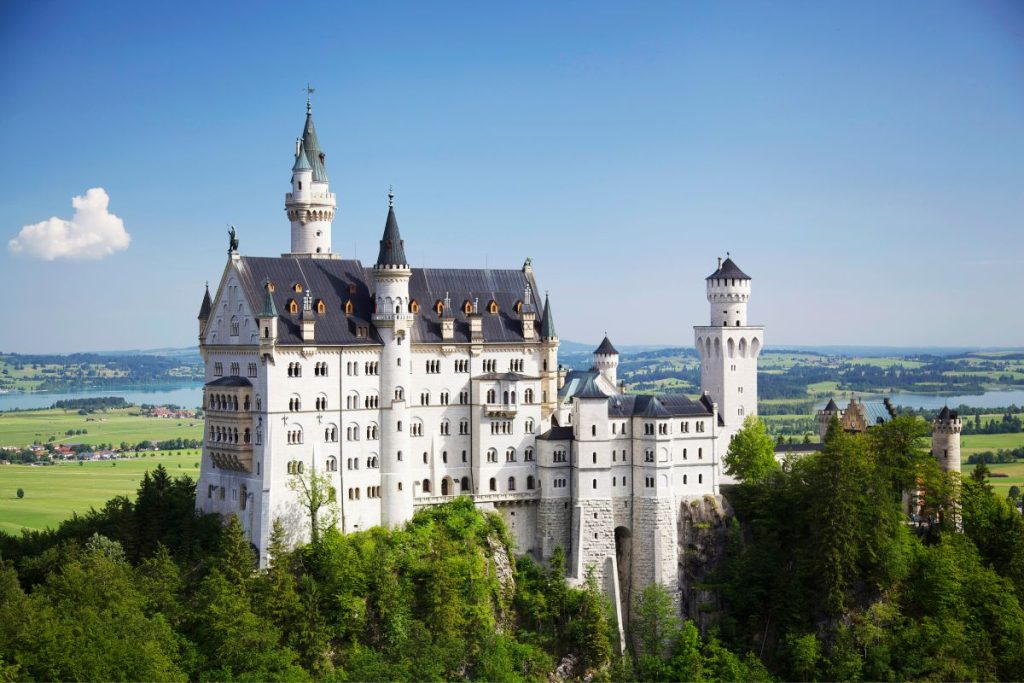
Eighty minutes by train from Munich, the town of Garmisch-Partenkirchen serves as the gateway to the Bavarian Alps. From here, you can take a cable car to Zugspitze, Germany’s highest peak. Spending a day surrounded by alpine scenery, conifer forests, and surreal blue lakes is truly rewarding. An hour away lies Neuschwanstein, a palace commissioned by King Ludwig II in honor of Richard Wagner, designed to resemble an old German knight’s castle. Nearby is Linderhof, much smaller than Versailles but inspired by it and built by King Ludwig II in an elaborate rococo style, equally worthy of admiration.
For latest travel news and updates, food and drink journeys, restaurant features, and more, like us on Facebook or follow us on Instagram. Read more on Travel and Food Network
Trending on TFN
A Spanish Odyssey: Trafalgar’s Unparalleled Best of Spain Itinerary
Imperial Splendors: Trafalgar’s 10-Day Sojourn in Prague, Vienna, and Budapest


